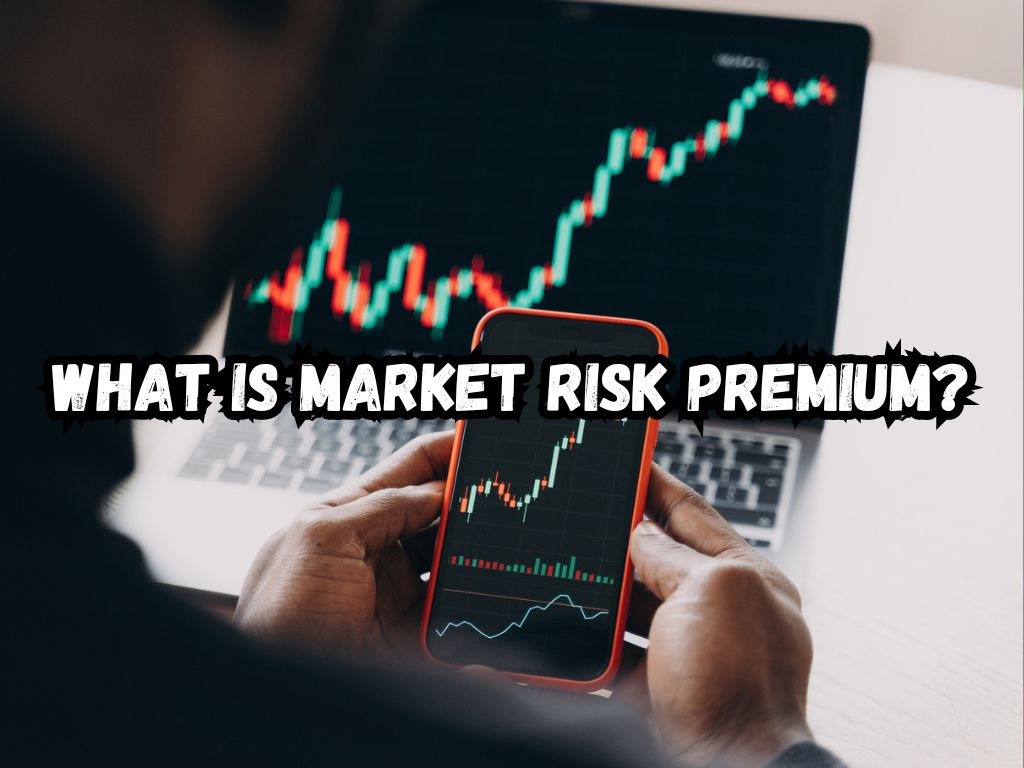The concept of Market Risk Premium (MRP) plays a crucial role in the world of investment, providing insights for both seasoned investors and newcomers.
This detailed guide aims to explore what MRP is, its significance, and how it impacts investment decisions, featuring a structured analysis catered to enhance your financial acumen.
What Is Market Risk Premium?
Market Risk Premium (MRP) is the additional return that investors expect to receive by choosing a risky market portfolio over risk-free assets. It serves to compensate investors for the extra risk undertaken in volatile investments.
The root of MRP lies in the Capital Asset Pricing Model (CAPM), which uses the MRP to determine the expected returns on investments, considering their risk levels.
Exploring Expected Return on the Market
The expected return on the market is essentially an estimate of future earnings from investments in a broad market index.
This metric is crucial as it provides an average figure of the returns investors might anticipate over time, derived from historical market performance, particularly from major indices like the S&P 500.

Understanding the Risk-Free Rate
The risk-free rate represents the yield investors can expect from an utterly risk-free investment. Government securities, such as U.S. Treasury bonds, are commonly used as benchmarks for this rate.
Given that these rates are influenced by the economic conditions at the time, they vary periodically. The difference in the returns from a risky market portfolio and this risk-free rate results in the market risk premium.
Calculating the Market Risk Premium
Calculating the MRP involves a straightforward formula where the risk-free rate is subtracted from the expected return of the market.
While historical data of the market’s performance often guide these calculations, they may require adjustment based on prospective economic conditions, helping investors to understand the comparative attractiveness of riskier investments.
Variables That Influence Market Risk Premium
Several factors can alter the MRP, including economic conditions, political stability, market volatility, and changes in interest rates.
For example, economic uncertainties can lead to a higher MRP as the risk increases, prompting investors to demand a higher return for the increased risk they are taking on.
Historical Perspectives on Market Risk Premium
Historically, the values of MRP have varied significantly, influenced by varying economic scenarios and market conditions. These changes highlight not just trends but also the unpredictability in forecasting future premiums based on past figures.
Times of economic crises have frequently led to an increase in MRP as the investment risks surged.
The Role of Market Risk Premium in Investment Strategy
MRP is an invaluable tool for investors planning their portfolios, allowing them to weigh potential higher returns against the likelihood of increased risk.
It helps in making informed decisions about asset allocation based on individual risk tolerance and investment goals, therefore balancing the risk-return trade-off efficiently.
Applying Market Risk Premium: Practical Examples and Case Studies
Practical Application in Portfolio Management
Imagine an investor deciding between investing in a stock market index or government bonds. By calculating the market risk premium—and considering both the expected market return and the prevailing risk-free rate—the investor can gauge the additional potential return from the riskier market index.
This calculated MRP, compared against the investor’s personal risk tolerance and objectives, forms the basis for a strategic investment decision.
Historical Case Study
Reflecting on the 2008 financial crisis, the MRP significantly widened as the market downturn increased the perceived risk among investors. Studying this scenario helps understand how global economic events can drastically affect market risk premiums, subsequently influencing investment strategies.
Confronting the Challenges and Critiques of Market Risk Premium
While MRP is a critical concept in investment theory, it’s not without its detractors. The primary criticism lies in the reliance on past MRP values to predict future outcomes, which may not always hold due to ever-changing market dynamics.
Furthermore, some critics argue that the CAPM framework, which heavily relies on MRP, may oversimplify the processes through which market risk premiums are determined.

Frequently Asked Questions
The market risk premium broadly refers to the extra return expected from the entire stock market, whereas the equity premium specifically relates to the excess return of stocks over risk-free assets.
Yes, MRPs can differ markedly between countries due to differing economic conditions, political environments, and interest rates. This variation necessitates adjustments in MRP calculations when evaluating international markets.
Regular reassessment of MRP is advisable due to its sensitivity to economic conditions and market performance. This practice helps ensure that investment strategies remain aligned with current risk assessments and market conditions.
Can MRP accurately predict future market performance?
Though MRP provides insights into expected returns relative to risk-free alternatives, it is not a definitive predictor of market performance due to the complex interplay of various influencing factors.
Significant global events, including economic recessions, political unrest, or pandemics, can greatly influence MRP by altering risk perceptions and investor expectations. These events typically lead to an increase in MRP during periods of heightened uncertainty.
Understanding and adapting to the nuances of Market Risk Premium is indispensable for making informed and strategic investment choices in the dynamic world of finance.
Conclusion
The Market Risk Premium remains a fundamental concept for navigating the complexities of investment risk and return. Although its application carries inherent uncertainties, an understanding of MRP is essential for anyone involved in financial planning and investments.
Considering the fluid nature of economic and political influences, MRP will continue to evolve, offering both challenges and opportunities in the financial landscape.


 Tags:
Tags:










